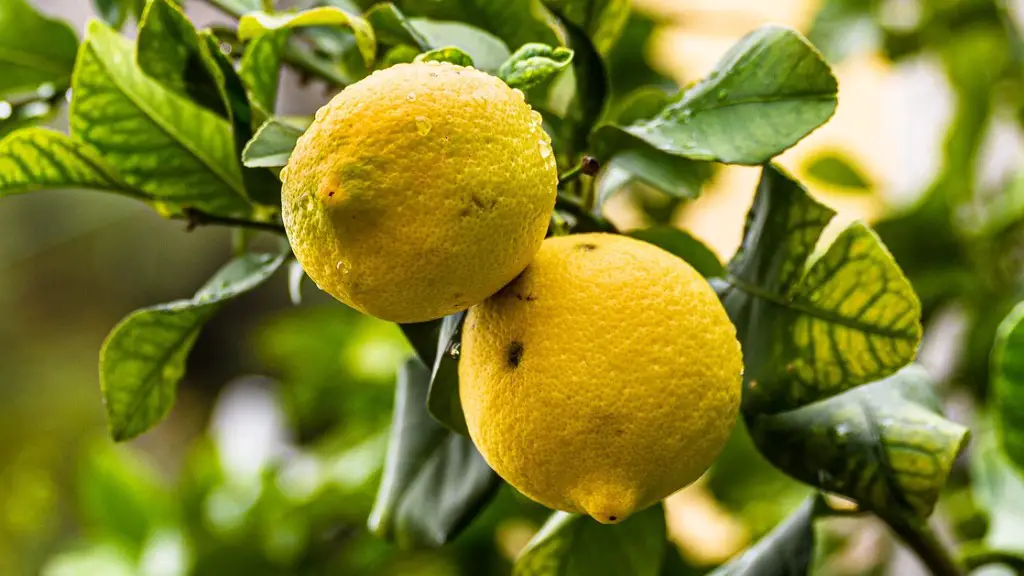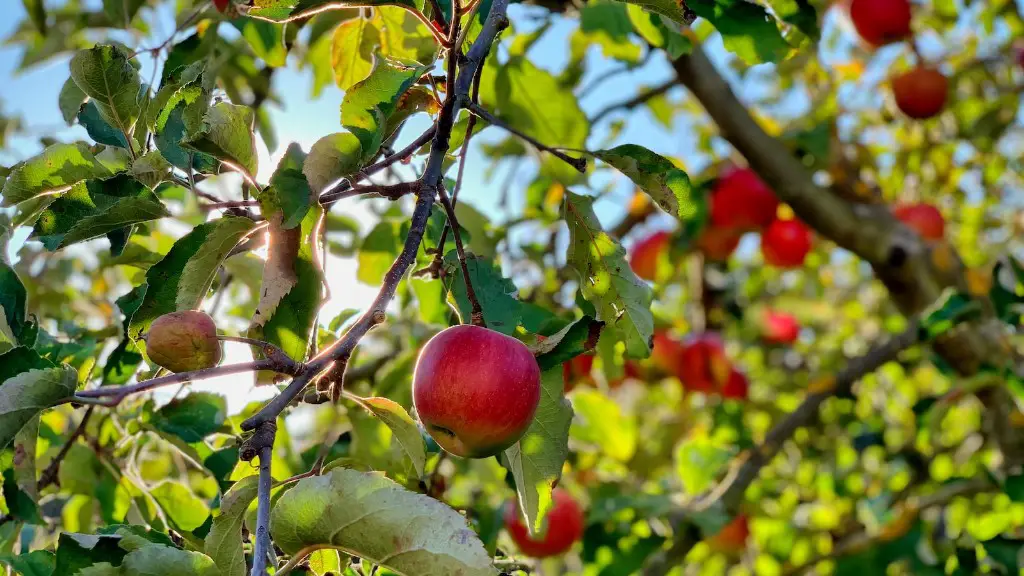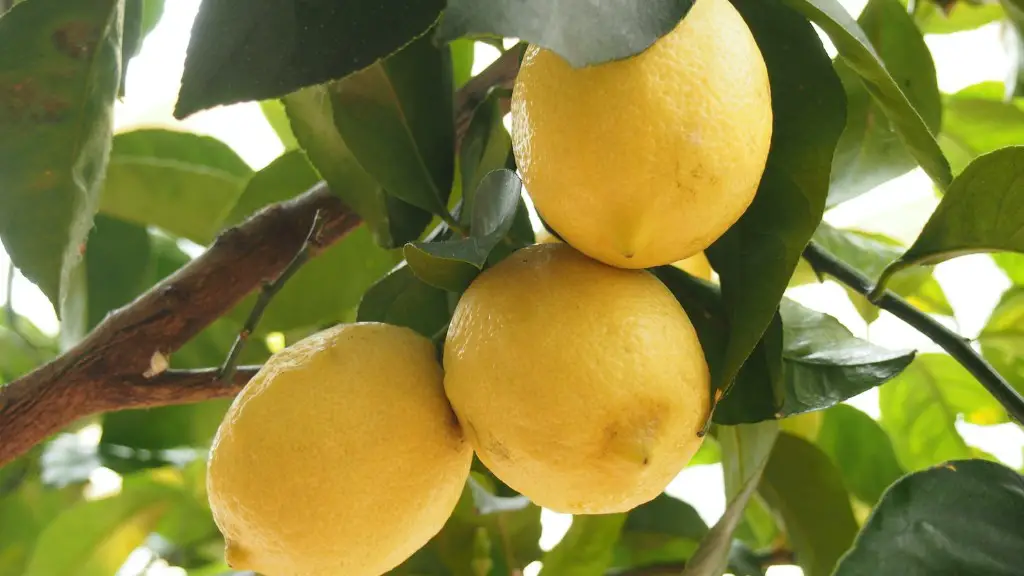Growing a citrus lemon tree is a rewarding experience with a very tangible outcome. Caring for a citrus lemon tree requires dedication, knowledge and regular maintenance. The following tips on how to care for a citrus lemon tree will provide a successful bounty of fruit.
Firstly, good soil is key. Citrus lemon trees require well-draining, rich soil with a pH of 6-7. Soil with a high content of nitrogen, accessible phosphorous and potassium is ideal. To check the pH of the soil, have a local nursery or your local cooperative extension office test it for you.
Next, place the tree in the right spot. A sunny location with plenty of air circulation is essential in order for the tree to produce an abundant crop of fruit. A southern exposure is beneficial. Also, plant the tree in an area where it won’t get harmed by bug sprays or other chemical applications.
The tree must be watered regularly so that the soil remains moist but not soggy. Citrus lemon trees can tolerate some dry periods, but regular watering is necessary for healthy production. During the growing season, water daily, or depending upon your area’s climate, several times a week.
Fertilizing your citrus lemon tree is important to keep it producing effective crops. Ideally, feed the soil with a good organic fertilizer, plus nitrogen and iron to reduce yellowing of the leaves.
Protect your citrus lemon tree from insect infestations and fungal diseases. Regular monitoring will alert you to early insect activity and infection. Beneficial insects, such as ladybugs, can be used for pest control. If chemical sprays are necessary, spray in the evening when beneficial insects such as bees are less active.
Finally, prune your citrus lemon tree as needed to keep it healthy and thriving. To protect citrus lemon trees from bacterial canker, always prune with a sharp pair of clean scissors, shears or pruning saw.
Sheltering the tree
For young citrus lemon trees, providing adequate shelters is critical. Covering with cloth or plastic to prevent damage from intense sunlight and extreme weather can make a big difference. It also protects the tree from pests and birds that can diminish crop production and damage trees.
Crop Thinning
In some cases, thinning the crop is necessary to ensure healthy fruit and increase size. Such practice reduces the amount of energy the tree needs to produce fruits, resulting in a bigger yield. The best time to thin the tree is 10-14 days after the fruit has set.
Harvesting Citrus Lemons
Knowing when to harvest your citrus lemons is important in order to maximize the crop output. Citrus lemons will turn from bright green to yellow when they are ready for picking. This can take several weeks depending on climate conditions. Wait until the lemon is fully yellow before harvesting, as the lemons will continue to ripen after picking.
Monitoring Crop Quality
Producing good quality citrus lemons requires due diligence. Inspecting the tree for pests and diseases regularly, as well as monitoring the quality of fruit and leaves, will ensure that your crop is loaded with beneficial nutrients and has minimal blemishes. Be sure to rotate the trees in the garden to minimize the occurrence of disease.


